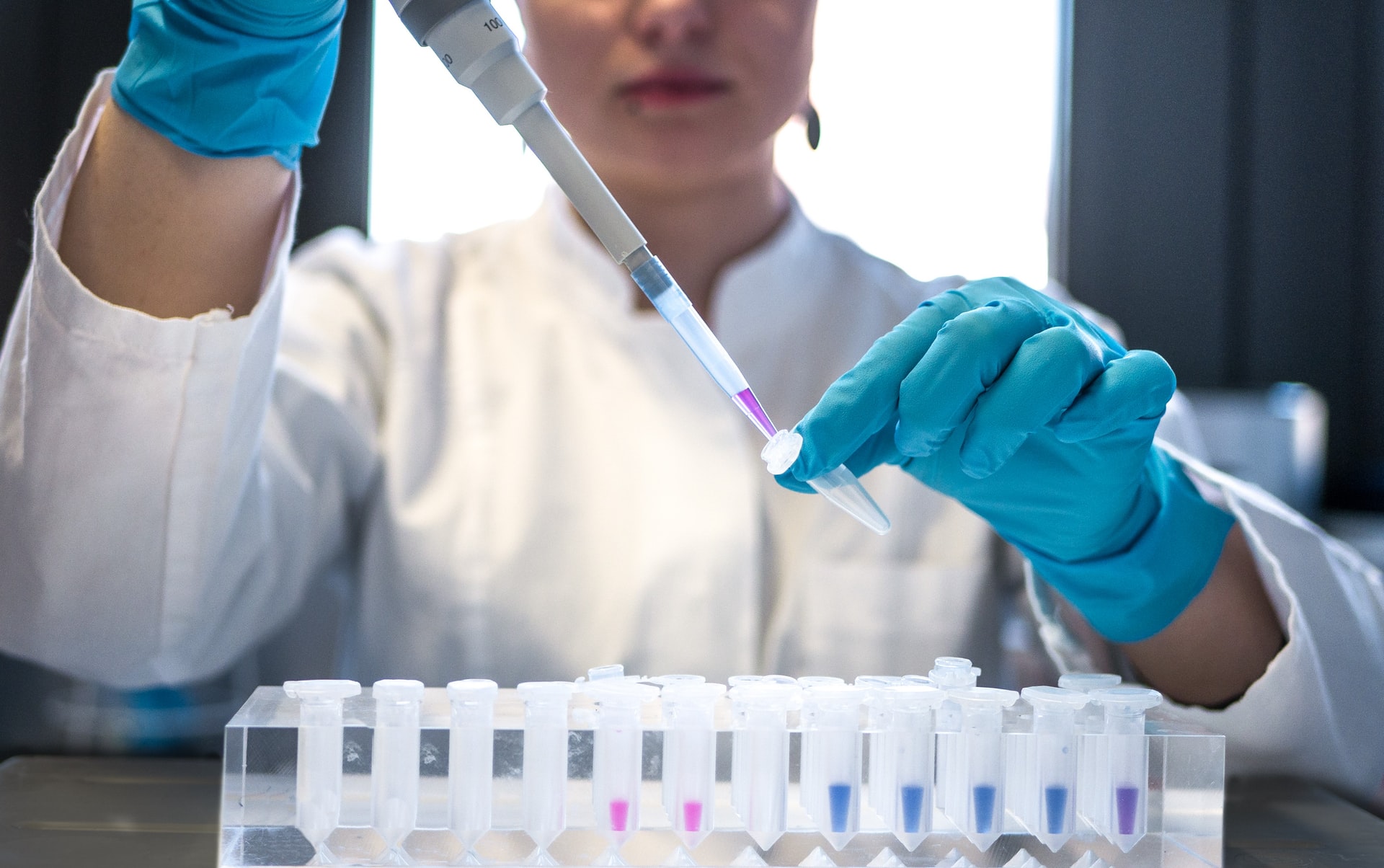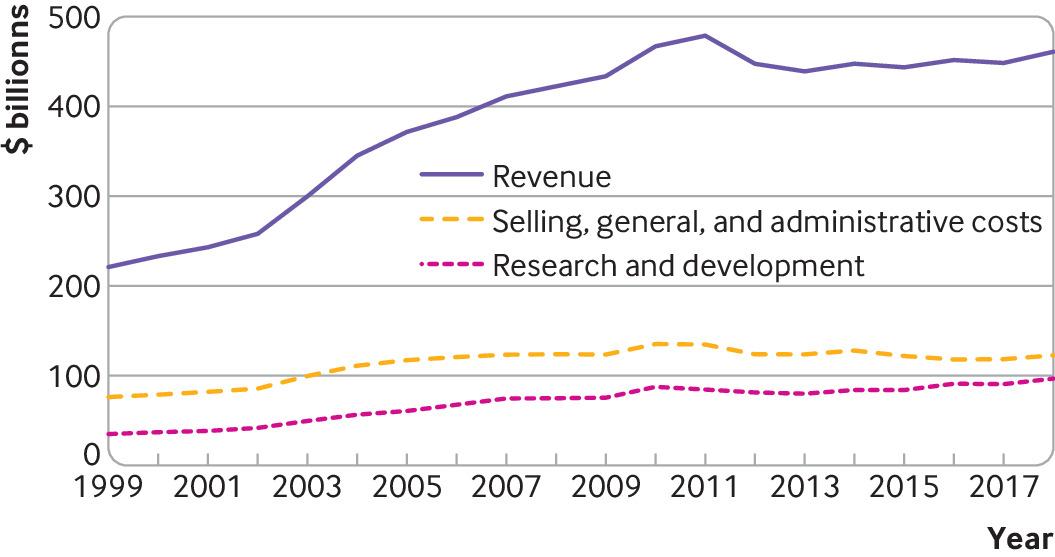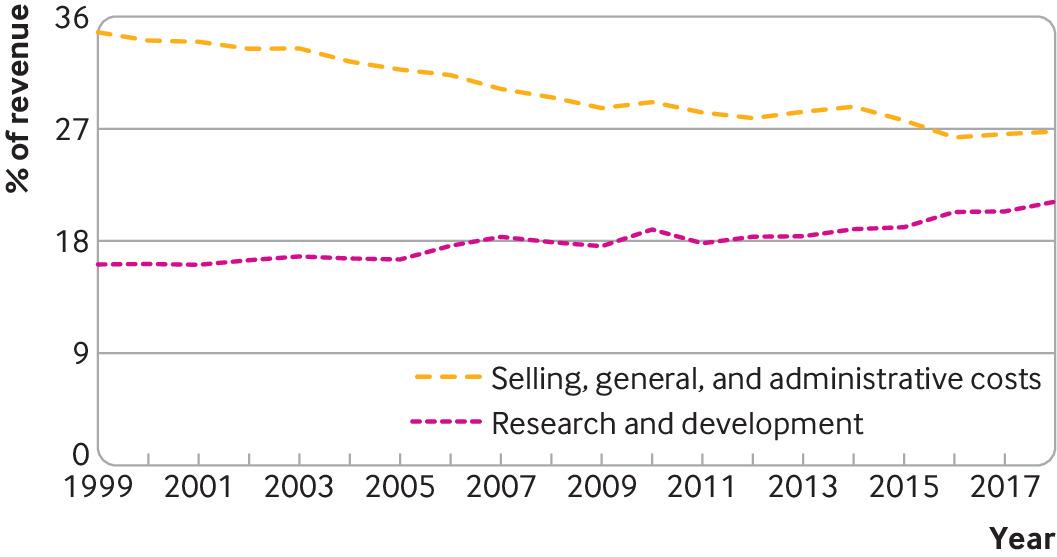Big Pharma and new drugs: how much do research and development costs really affect prices. Study Bmj

The prices of medicines are increasing more and more but this time war, inflation or shortage of raw materials have nothing to do with it. From the accounts of Big Pharma, however, it emerges that the expenditure items that weigh the most are for sales activities and not for research and development. All the details of the study published in the British medical journal (Bmj).
The high prices of drugs are not justified only by Big Pharma spending on research and development (R&D) but by that of administrative, marketing and advertising activities. This was stated by a recent study published in the British medical journal (Bmj).
This is how the expenditures of the pharmaceutical industry are divided.
THE LIE OF BIG PHARMA
"The biopharmaceutical industry has long argued that high prices are necessary to support research and development of new drugs," say the scholars.
"Although the authors recognize that there are major financial risks associated with the introduction of new drugs to the market – they continue -, the analysis of the expenditure of pharmaceutical companies in relation to the products casts doubts on this statement".
DATA ANALYSIS
The authors of the research, a group of economists led by Aris Angelis, analyzing the data of the 15 largest biopharmaceutical companies in the world from 1999 to 2018, observed that these spent more on sales, general and administrative activities than on research and development, and that most of the new drugs developed during this period "offered little or no clinical benefit over existing treatments."
WHAT THE NUMBERS SAY
According to economists, what is declared by the companies is not true because the numbers say otherwise. Indeed, in the period under consideration, Big Pharma had a turnover of 7.7 trillion dollars, of which 2.2 trillion went to “sales, general and administrative” activities – including marketing and advertising – and 1,400 to research and development.

FOR NEW DRUGS WE PAY DOUBLE
Not only. The justification for high drug prices to offset R&D expenditures, the study reads, “also ignores substantial public investment in drug discovery and development. This means that the company is potentially paying twice for new drugs, first in the form of publicly funded research and secondly through high product prices.
HOW MUCH THE PRICES OF DRUGS HAVE INCREASED
The study also says that, in the United States, the estimated net prices of new prescription drugs have risen from an average of about $1,400 a year in 2008 to more than $150,000 a year in 2021, and even older and municipalities have experienced unexplained price increases in recent years.
For example, from 2007 to 2018, the list price of some insulin products more than doubled while a US government report identified 1,216 products that saw price increases above inflation between July 2021 and 2021. July 2022, with an average increase of 31.6%.
THE BUYBACK OF SHARES
Another aspect that emerges, relating to the same period of time, concerns the repurchase of their own shares by companies, a practice that aims to raise share prices, in favor of those who own them. In fact, most of them also spent more on this item than on R&D, "which – write the authors – raises doubts about the commitment to truly valid and risky biopharmaceutical research".
THE NEED FOR GOVERNMENT INTERVENTION
“Considering the amount spent on non-R&D activities and the fact that most new medicines add little or no therapeutic value, the biopharmaceutical industry could theoretically generate more medically valuable innovation with existing resources,” they say. -. However, this is unlikely to happen without government intervention or regulation across the lifecycle of new medicines."
A GOOD NEWS
Despite everything, the authors also highlight a positive aspect. While pharmaceutical companies have spent more on both sales, general and administrative, and stock repurchases and research and development over the past two decades, the percentage of total selling and administrative expenses has fallen from 35 to 27%, while money invested in R&D went from 16 to 21%.

This is a machine translation from Italian language of a post published on Start Magazine at the URL https://www.startmag.it/sanita/big-pharma-nuovi-farmaci-e-prezzi/ on Tue, 21 Feb 2023 09:47:37 +0000.
